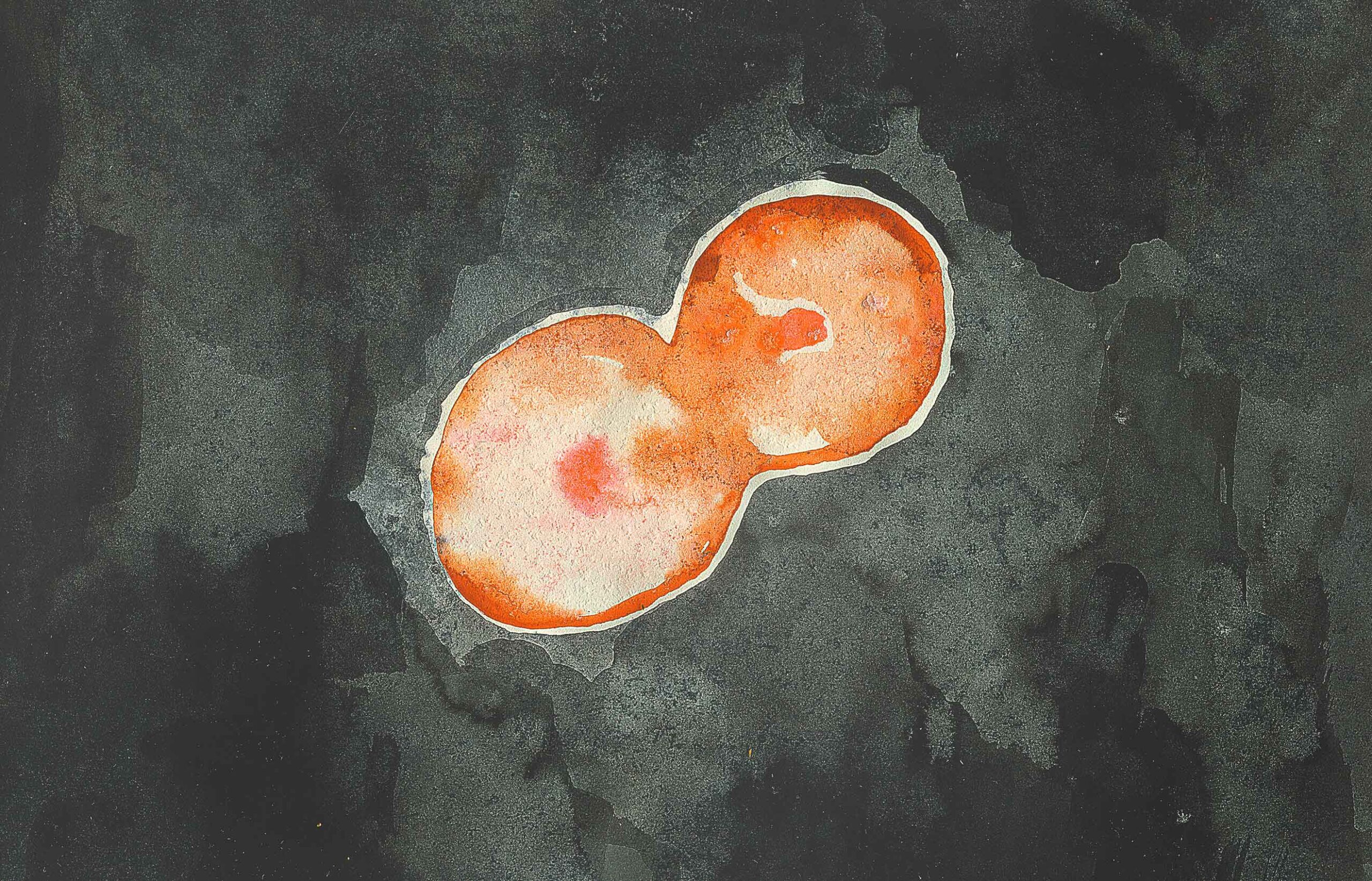When to use it?
This practice is recommended in the first half of processes to sensitize participants to elemental bodily relational dynamics.
How to do it?
Ask participants to find a place in the room where they feel comfortable and have enough space around. This exercise is started in standing position.
Invite the participants to experiment with the following three different states and attitudes. Invite participants to try out this one first:
We are going to call it “letting in”. This attitude towards the environment is one of letting things affect you. Whatever is there. Let the sounds, light, colors, textures, come to your attention. Allow things to come to you, go through your eyes, ears, mouth, skin. Become permeable to the surroundings.
Give the participants time to feel the state that it produces. Then invite them to try out the second attitude:
We call this one “reaching outwards”. In this attitude, we are following a desire, a curiosity, an interest towards something out there. Let yourself be drawn in the direction of that which has aroused your interest. Reach for it. Notice how your body changes. Even if you can not reach for it physically, you can feel this orientation towards it, a pulling, an attraction. Go with it.
After some time, introduce them to the third and last attitude:
This one we call “bordering”. In this attitude, we retrieve the parts of us “out there”, and we define our boundaries. We produce a border between “me” and the environment. We imagine and sense a clear contour that can keep things outside.
Let the participants tune in with this attitude and experience this state.
Then invite them to go around the room, while choosing one of those attitudes. Invite them to shift attitudes and experiment with them. Ask them to make clear decisions when doing the shifts. But also point out to them that attitudes can change on their own. Ask them to consciously notice and acknowledge the changes and thus accept the new attitude. It can also be that in some moments an in-between state arises or simultaneity of states occurs. Ask the participants, should this be the case, to go with it and notice how it feels. Ask them to try not to control it. If they get disoriented, they can try “bordering”.
Variations & extensions
This practice can be very interesting to do outdoors, for example, to explore dynamics and interactions in public spaces. But you should avoid doing it for the first time with the group in a busy environment.
Combine with
Sources
I experienced working with those three states through an exercise led by the body-oriented therapist Christa Cocciole, during an autumn retreat in Berlin surroundings. I reformulated the exercises’ guidance according to my understanding of those three basic attitudes/ states.
